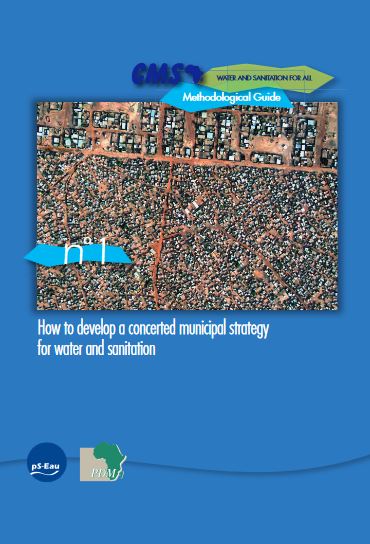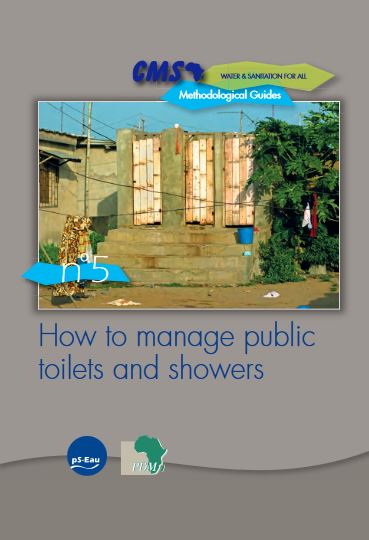Our reference publications
Concerted Municipal Strategies (CMS)
This serie of guides are based on the outcomes of the Concerted Municipal Strategies (CMS) action-research programme, which took place from 2007-2010.
Strategy planning and municipal strategies for WASH
Large towns in Africa, which generally consist of between 30,000 and 300,000 inhabitants, are increasingly faced with the challenge of developing and sustainably managing water and sanitation services. Fulfilling such a responsibility requires specific knowledge of the sector’s local needs and issues, as well as a pragmatic vision for defining means of intervention and prioritizing actions. Intended for elected and municipal officials, this guide provides a step-by-step methodology, from conducting the diagnostic through to formulating the strategy, which focuses on consultation with all stakeholders.
This guide is the result of a pilot undertaken within 15 large towns in Africa: Dschang, Ziguinchor, Koudougou, Abomey, Tahoua, Ebolowa, Rosso, Louga, Dolisie, Bandundu, Grand Bassam, Masaka, Moshi, Nyeri, Debre Birhan.
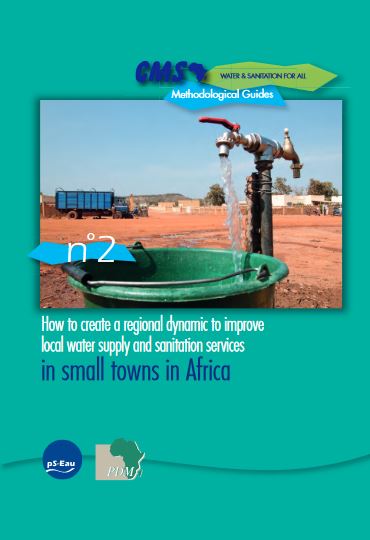 CMS, Guide 2 - How to create a regional dynamic to improve local water supply and sanitation services in small towns
CMS, Guide 2 - How to create a regional dynamic to improve local water supply and sanitation services in small towns
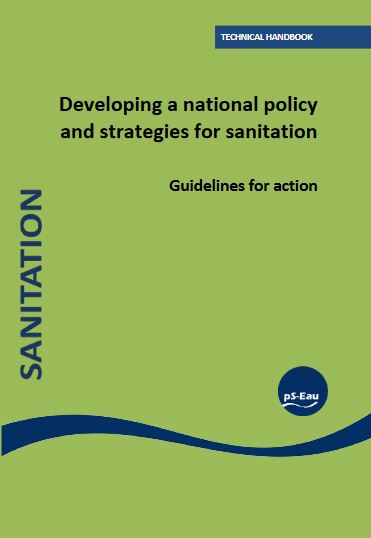 Designing a national policy and strategies for sanitation
Designing a national policy and strategies for sanitation
pS-Eau, 2011
National hygiene and sanitation policies and strategies are essential to sector development: by defining the sector objectives and priorities, they facilitate negotiations with technical and financial partners and enable funding contributions to be allocated more appropriately. This document sets out a methodology for conducting processes aimed at developing or improving national policies and strategies. Broken down into 12 steps, the methodology provided in this guide is intended for those sector actors, and ministries and technical departments responsible for sanitation in particular, wishing to improve the framework for action of all sanitation stakeholders.
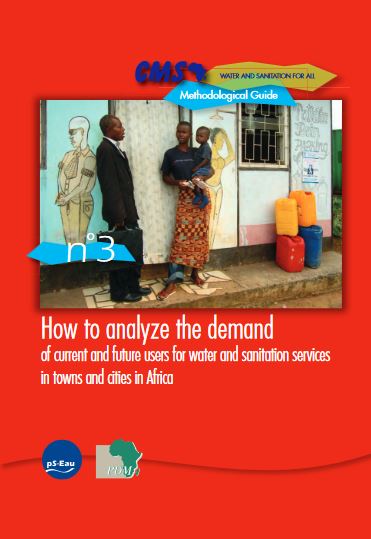 CMS, Guide 3 - How to analyze the demand of current and future users for water and sanitation services in towns and cities in Africa
CMS, Guide 3 - How to analyze the demand of current and future users for water and sanitation services in towns and cities in Africa
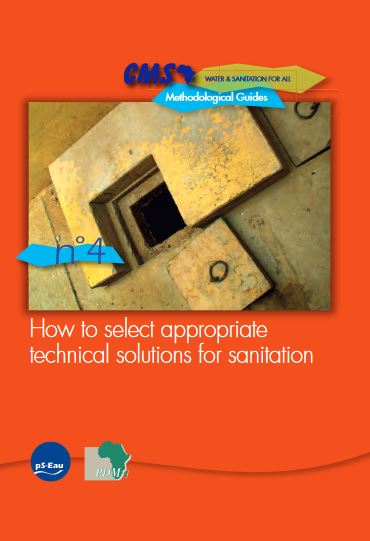 CMS, Guide 4 - How to select appropriate technical solutions for sanitation
CMS, Guide 4 - How to select appropriate technical solutions for sanitation
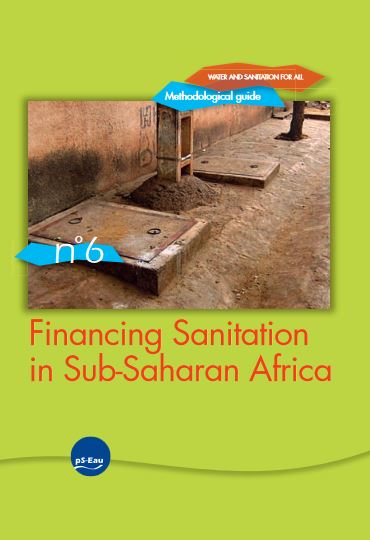 CMS, Guide 6 - How to finance sanitation in sub-saharan Africa
CMS, Guide 6 - How to finance sanitation in sub-saharan Africa
pS-Eau, 2011
The purpose of this guide is to increase awareness and understanding of the means of financing available for the sanitation chain. The first part of this publication provides a detailed list of all costs to be recovered: investment, operation, maintenance, studies and accompanying measures, for each segment of the sanitation chain (access, evacuation and treatment). In the second part, for each segment and in accordance with the type of facility and expenditure required, the potential sources of finance are compared, as are the relevant means of mobilizing and allocating finance for the benefit of users.This guide was written by pS-Eau and Hydroconseil.
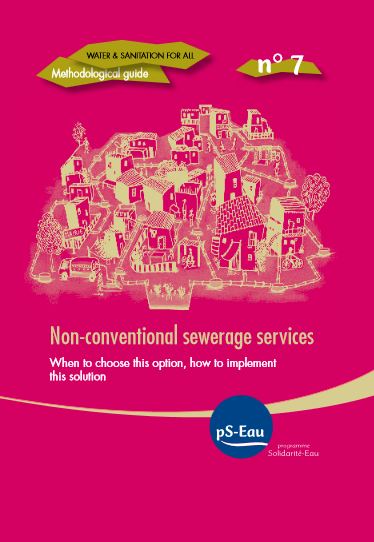 CMS, Guide 7 - Non-conventional sewerage services. When to choose this option, how to implement this solution
CMS, Guide 7 - Non-conventional sewerage services. When to choose this option, how to implement this solution
pS-Eau, 2011
The aim of this guide is to support contracting authorities, local decision-makers and their partners to develop their sanitation service by providing them with decision-making tools and practical methodological approaches. This guide will help these stakeholders determine whether non-conventional sewerage really is the most appropriate option for the area concerned. If this option is selected, it will also help them coordinate their project effectively and provide them with a clear understanding of the management methods that can be used and of the skills and know-how required.
Other publications
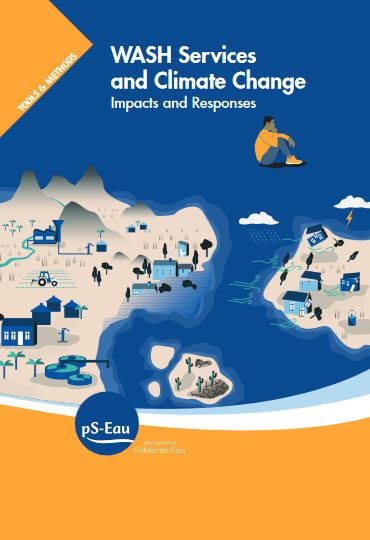 WASH Services and Climate Change. Impacts and Responses
WASH Services and Climate Change. Impacts and Responses
pS-Eau, 2018
Climate-related hazards have repercussions for the availability and continuity of water and sanitation services. Existing vulnerabilities caused by population growth and urbanisation mean that the health, social and economic impacts can be amplified in a context of climate change, particularly in developing countries and for the poorest communities. A sound understanding of the climate risks and the health, social, environmental and economic impacts is required before taking action. This guide provides an overview of the issues, along with definitions and keys to understanding the main climate-related concepts, in order to help water and sanitation stakeholders integrate these aspects into their practices.
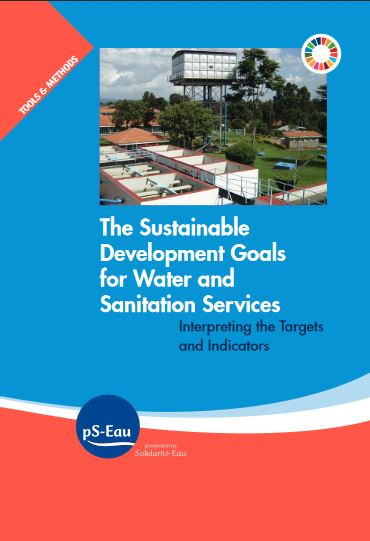 The Sustainable Development Goals for Water and Sanitation Services - Interpreting the Targets and Indicators
The Sustainable Development Goals for Water and Sanitation Services - Interpreting the Targets and Indicators
pS-Eau, 2018
Adopted in September 2015, the Sustainable Development Goals (SDGs) provide a new framework in which to develop water and sanitation services. Bridging the Millennium Development Goals, the international sustainable development processes and the recognition of the human rights to water and sanitation, the SDGs are ambitious in that they seek to achieve universal and equitable access to water and sanitation services by 2030.
This integrated approach, which focuses on service improvements rather than infrastructure, requires the involvement of all sector stakeholders.
Each stakeholder needs to take ownership of these new benchmarks and integrate them into policy and practice. To help interpret this complex framework, and respond to questions posed by water and sanitation sector stakeholders and development partners on its implementation, this publication provides an analysis of the links between the SDGs and water and sanitation services and sets out potential options for action.
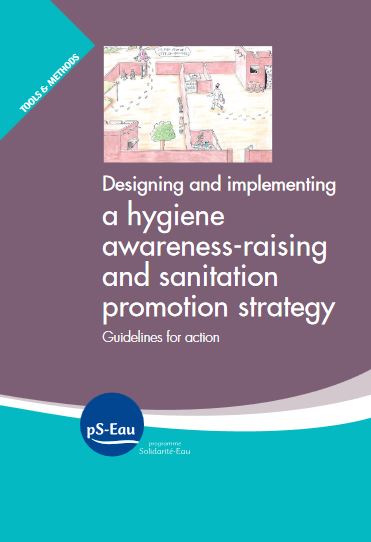 Designing and Implementing a hygiene awareness-raising and sanitation promotion strategy - Guidelines for action
Designing and Implementing a hygiene awareness-raising and sanitation promotion strategy - Guidelines for action
pS-Eau, 2014
Over the last few years, the sanitation sector has developed and improved two fundamental and complementary approaches: hygiene awareness-raising to improve people’s hygiene behaviors and sanitation promotion to encourage households to install sanitation facilities, particularly toilets, showers and sinks, in their homes.This document is intended for all sector stakeholders interested in learning more about these approaches. It provides an overview of the most commonly used hygiene awareness-raising and sanitation promotion methods and tools, as well as a rational and methodical approach to implementing these.
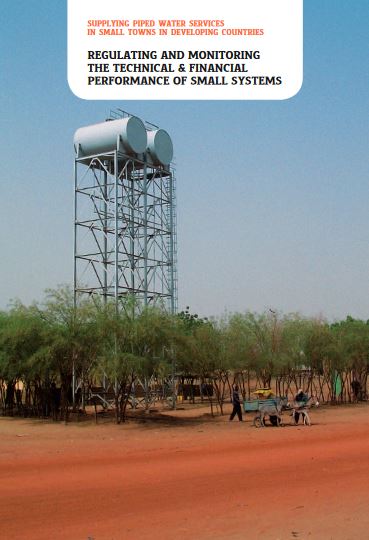 Supplying Piped Water Services in Small Towns in Developing Countries, Regulating and Monitoring the Technical and Financial Performance of Small Systems
Supplying Piped Water Services in Small Towns in Developing Countries, Regulating and Monitoring the Technical and Financial Performance of Small Systems
Acqua Oing, AFD, Agence de l'eau Seine-Normandie, GRET, pS-Eau, SEDIF, 2013
In small towns in developing countries, the management of drinking water supply networks is regularly faced with issues that undermine both the quality and sustainability of services.To address these issues, several countries have introduced technical and financial monitoring mechanisms to measure the quality of services and thus improve governance and performance of water services.This document describes the technical and financial monitoring mechanisms currently in use in these countries. It also provides a detailed understanding of the indicators used and outlines the advantages of monitoring, such as improvements to service quality and support to regulation.This publication also includes recommendations on how to put such mechanisms in place. Intended for national decision-makers, water services authorities, operators and stakeholders, the aim of this publication is to promote a more in-depth understanding of technical and financial monitoring. More than just a supervisory and support tool for small piped water schemes, technical and financial monitoring is key for developing and driving the sector.





































